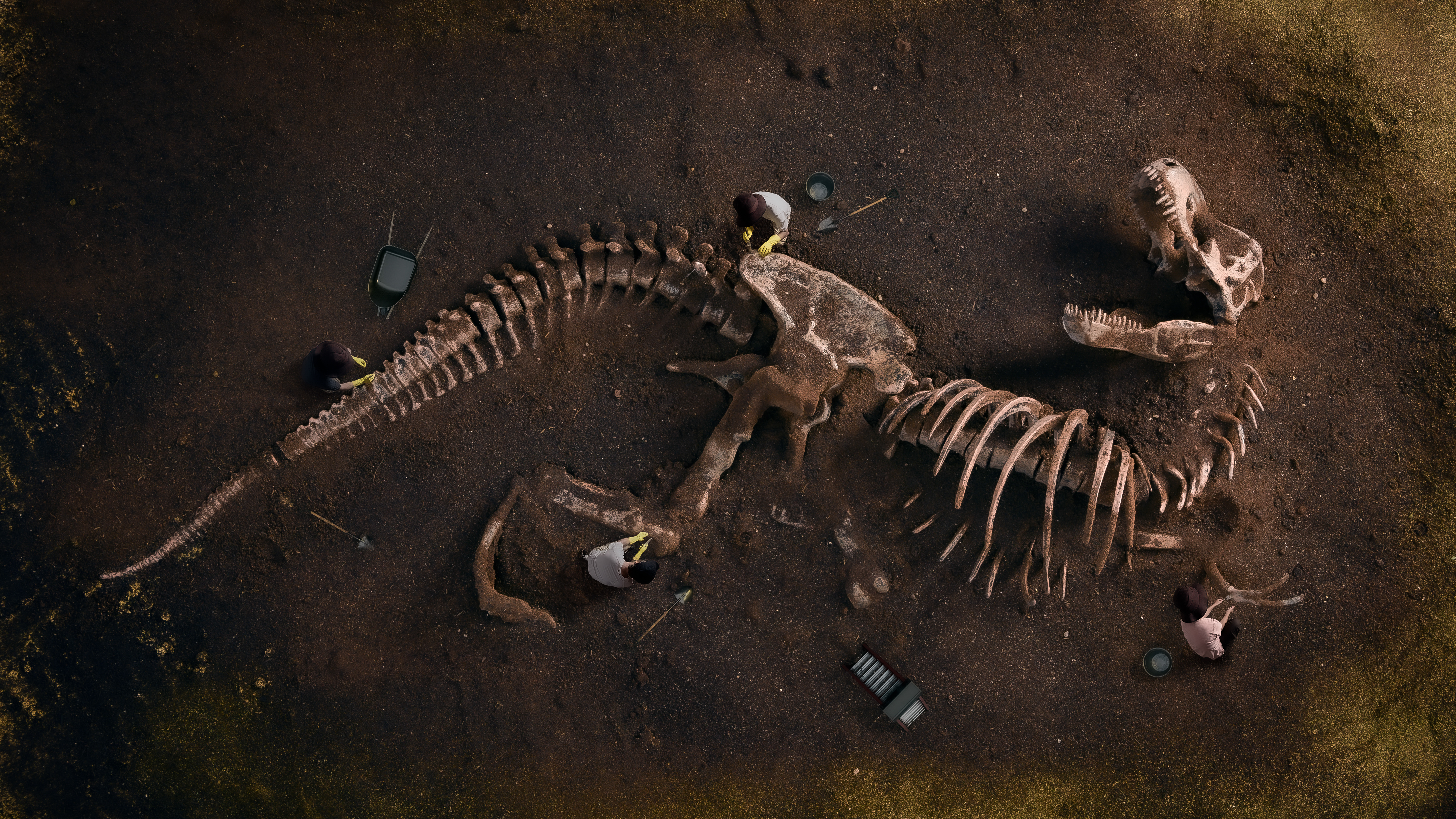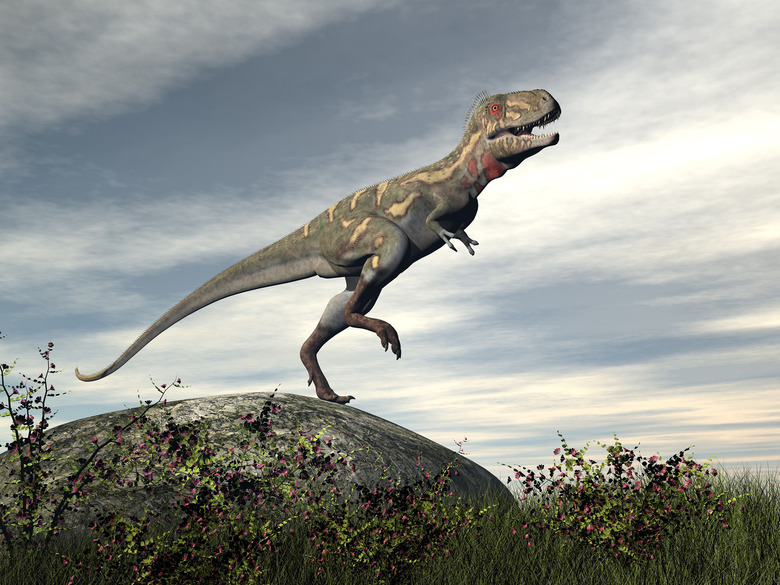Scientists Want To Classify The Nanotyrannus As Its Own Species
A new study hopes to finally settle a debate that has been raging since 1988. The study focuses on a 23-inch-long dinosaur skull. Some believe it is a teenage Tyrannosaurus rex, but others believe it is its own distinct animal, known as Nanotyrannus lancensis.
The study, which was published in the journal Fossil Studies this week, argues that the animal that many believed to be a teenage T. rex is its own distinction and that, based on the anatomical features, it might not even be particularly closely related to the T. rex.
Of course, one study is unlikely to end the decades-long debate that the Nanotyrannus is its own animal. But it certainly adds some fuel to the fire for one side. One paleontologist even referred to the Nanotyrannus as "Schrodinger's dinosaur," saying that this will only keep more people talking about it, and that it won't really resolve anything (via The New York Times).

The debate began as far back as 1988 when the 23-inch long skull was first classified as Nanotyrannus. In 1999, though, another possibility found its footing, with some pushing the idea that the skull belonged to a teenage T. rex and wasn't a new creature or species at all.
However, the researchers behind this latest study say that Nanotyrannus has over 150 anatomical differences when compared to the T. rex, including skull details. They also say that it had longer arms and claws than an adult T. rex. As such, the hypothesis that it might just be a teenage T. rex seems unlikely, as its arms wouldn't be likely to grow smaller as it grew older.
The researchers also say that the Nanotyrannus has features that are more consistent with mature animals, not their adolescent versions. Considering that some even believe the T. rex was less scary than we thought, our ideas of dinosaurs are constantly changing over time as new evidence is brought to light.
Of course, finding more fossils for the Nanotyrannus could help solidify some of this research even more, and it wouldn't be surprising to see new studies about the bones going forward.
